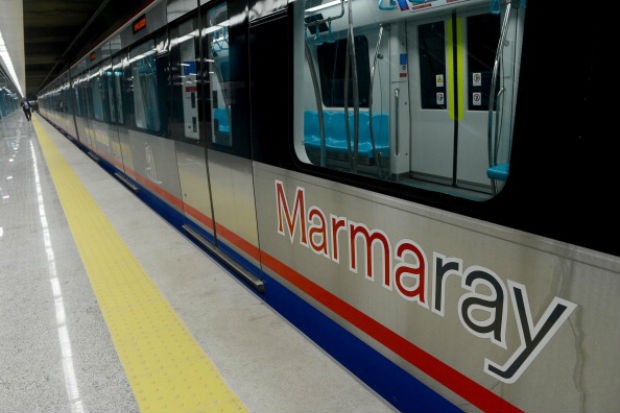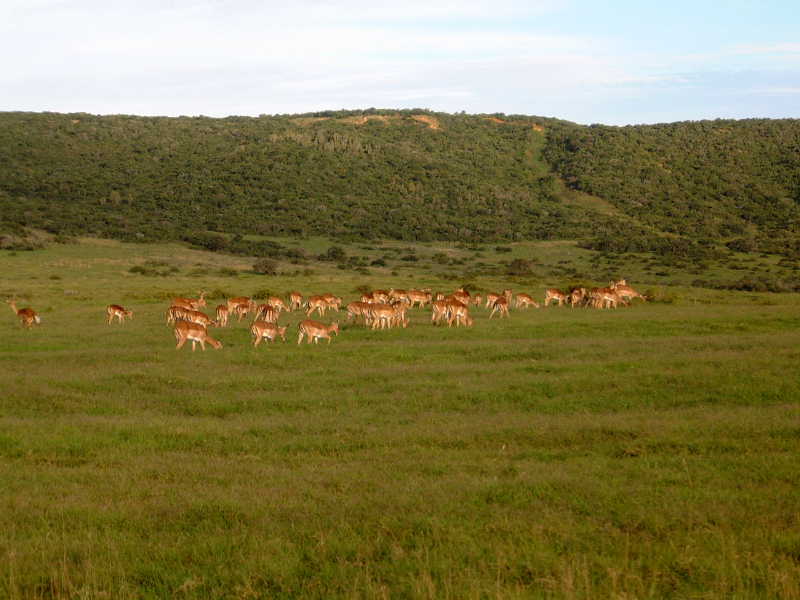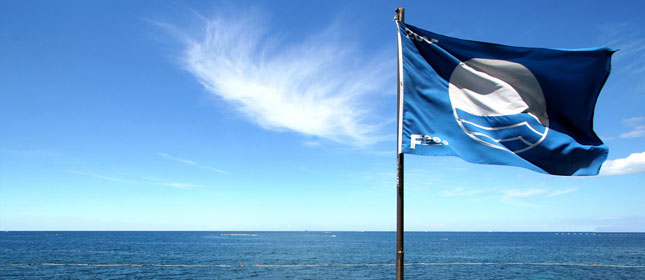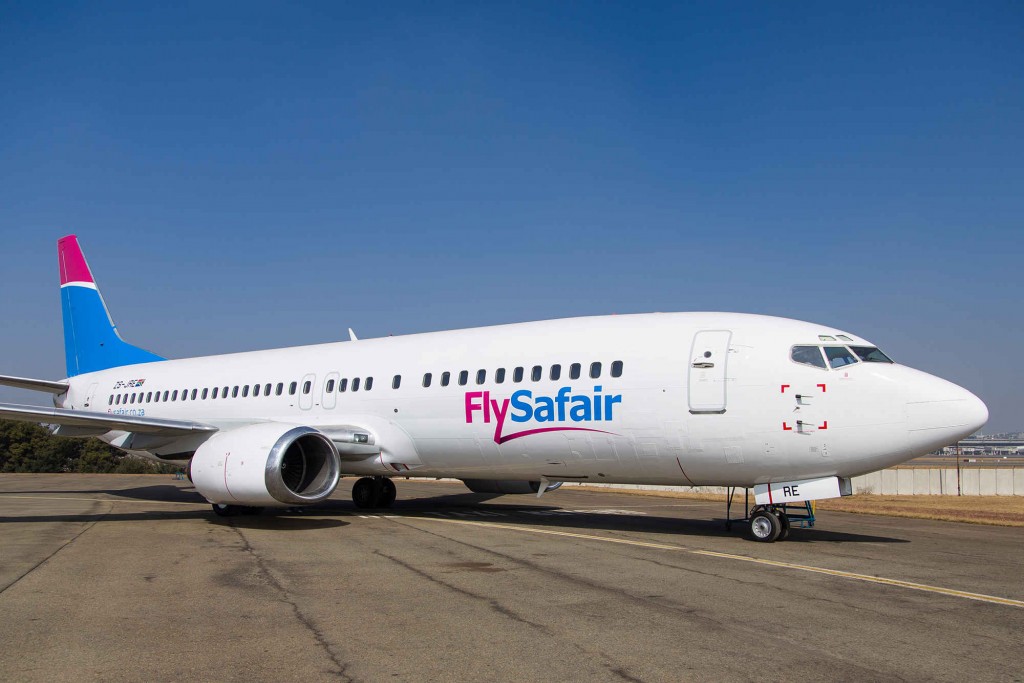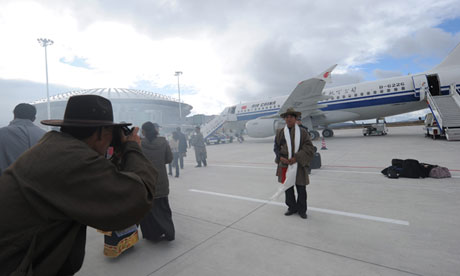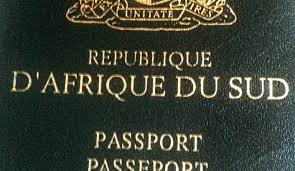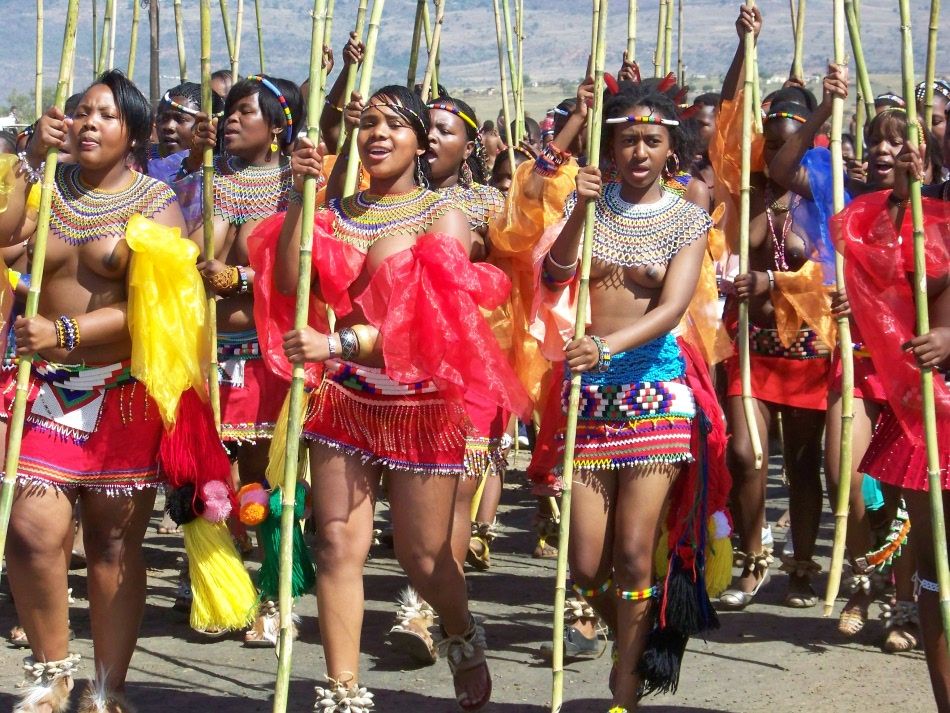New Year’s Eve customs: 10 ways in which the world celebrates the New Year
One of the most significant moments of the year is how you bring in the new year. It is not uncommon to find that people all over the world take this time to celebrate new beginnings, pray for prosperity and symbolically get rid of the old patterns.
From weird and strange to funny customs, people all over the world have unique traditions to bring into their lives in the coming year plenty of love, happiness, wealth, health and good fortune. Here are some customs that caught our eye:
1. To bring in good luck, Romanians toss coins into the river.
2. Another tradition to bring in good luck and happiness can be found in Spain where when the clock strikes midnight, 12 grapes (each grape representing one month) are eaten. This tradition dates back to 1909 in the town of Alicante. In Chile, lentils are eaten at midnight to ensure a successful year ahead.
3. In Talka, Chileans spend the night before the coming year in the cemetery, near their deceased loved ones. This is a relatively new tradition which holds the belief that the new year should be welcomed in surrounded by dead relatives. Classical music and dim lighting set the ambiance in the cemetery.
4. Carols or janeiros as they are locally called in northern Portugal; are sung by children. Very similar to trick-or-treat in the US during Halloween, the children visit houses where they are given money and treats.
5. Latin American countries, including Mexico, hang a wool toy lamb from the front door to call in good luck.
6. In Paraguay and Colombia misfortune is kept at bay by the burning of an effigy called the “Año Nuevo at midnight with fireworks.
7. Armenians hold a ‘Ritual of fire’ to symbolically mark the end of all their troubles of the outgoing year.
8. Many South American countries such as Brazil and Bolivia hold the tradition of wearing colourful underwear at midnight. Not only does this herald good fortune, but also the finding of a partner. The colour red signifies a healthy love life whereas yellow relates to the desire for money and wealth.
9. In the Philippines, all round shapes is a reminder of the roundness of coins and prosperity, which is why many don clothing decorated with round shapes such as polka dots.
10. In Puerto Rico buckets of water are thrown out of windows on the eve of the new year which signifies ‘cleaning out’ the outgoing year. Homes are also cleaned and decorated that symbolizes the cleansing of the spirit.
While the manner in which people all over the world celebrate the end of one year and the beginning of another may differ, there are common themes such as praying for prosperity, health and love that are universal and that bring us together. Whatever your tradition or belief on New Year’s Eve, we wish you a whale of a wonderful time and all good things in the coming year.


